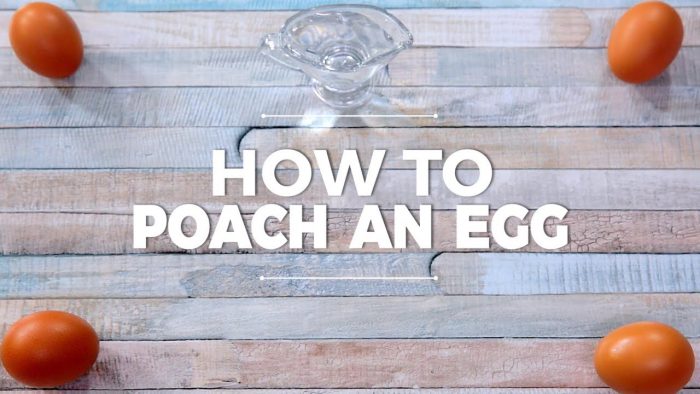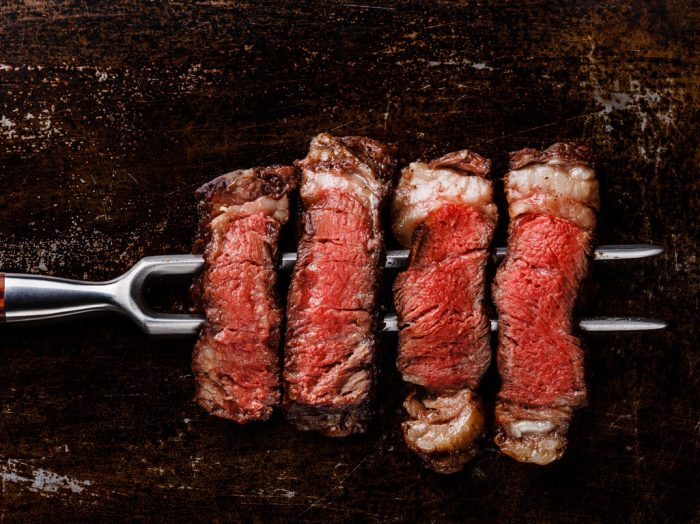Do you like the smooth creamy yolk and the delicate texture of an egg white wrapped in the package of a sunny side up egg? That’s great, I am on the same page! What you might not like is the fat involved in frying an egg in the skillet, the added calories and the risks to your health involved in the process! There’s a solution: you can learn how to poach an egg, so you can get the most of its nutrients!
Poached eggs are just as easy to make as sunny side up eggs, once you get the hang of the process. And you don’t even need all the fancy kitchen gadgets designed for this task. You can use basic kitchen equipment.
Not into eating eggs at all? You should know that one contains 6 grams of protein, which will keep you satisfied for quite a while. They also have all nine essential amino acids. Eggs are rich in choline and selenium, vitamin D, vitamin B12, phosphorus, iron, and riboflavin. More good news? An egg only has 75 calories, so it’s completely diet-friendly.
You poach eggs by putting them in slowly boiling water so that the temperature alone cooks them to perfection. The key is to control the entry of the egg into the water and do it as slowly as possible, so it doesn’t fall apart.
How to poach an egg in 9 steps
1. Choose very fresh eggs
When egg ages, the whites become watery and will not stick so well to the yolk when you try to poach it. So look for the “best by” date on the egg carton when you buy it from the store.
2. Crack eggs
Don’t crack the eggs directly into the water. Use a small bowl or a ramekin for the task and crack the egg as carefully as possible. Make sure you don’t break the yolk.
3. Prepare the skillet
Use a wide, shallow skillet and fill it with water.
4. Add some vinegar
Some acidity will help you keep the egg together because the egg whites will coagulate slightly. Use a couple of teaspoons. But be careful when choosing the vinegar, because a too strong flavor might color the egg or give it a flavor you don’t want. You can also use some lemon juice, but it might make it too lemony.
5. Boil the water and vinegar
Heat the skillet over high heat, until it starts boiling. Then adjust the temperature to the lowest level, so that the water doesn’t boil furiously. That would only lead to stirring the egg.
6. Add the egg to the water
When the water starts boiling, bring the edge of the small bowl to touch the water and slide the egg into the water, slowly and carefully. You can use a cookie cutter as a mold for the shape of the egg. If you do, hold it near the surface of the water, and slip the egg in it.
7. Cook
It lasts about three minutes if you only cook one egg. If you want to make multiples, then it will take longer.
8. Remove egg
Use a spatula to carefully lift the egg out of the water. Let the water drain and set the egg on paper towels, so that the excess water is absorbed.
9. Serve
Enjoy the egg with some toast and butter, maybe even a strip of bacon!






